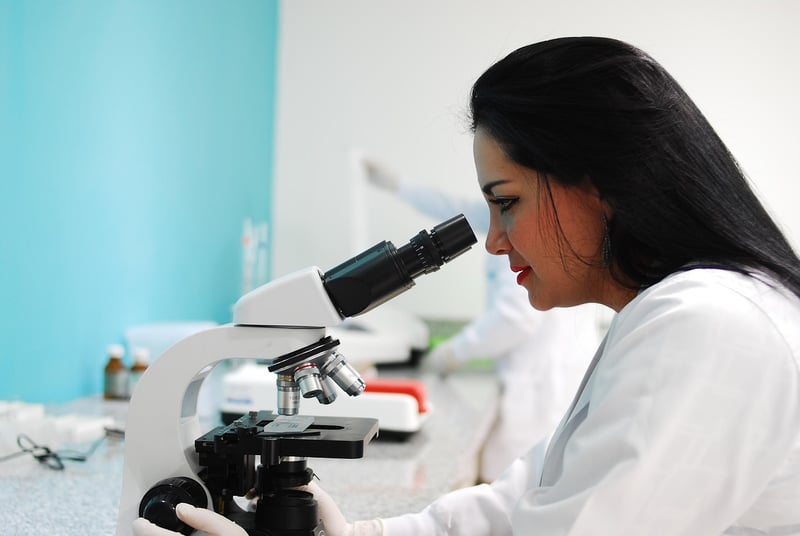Scientific Theories
The Science Behind Time Travel: Mechanisms and Theories
Time travel has long been a fascinating concept in science fiction, but is it really possible? Let's delve into the mechanisms and scientific theories that explore the possibility of traveling through time.
1. Wormholes
One of the most popular theories for time travel involves wormholes. Wormholes are hypothetical tunnels in spacetime that could create shortcuts for long journeys across the universe. If traversable wormholes exist, they might also allow for time travel.
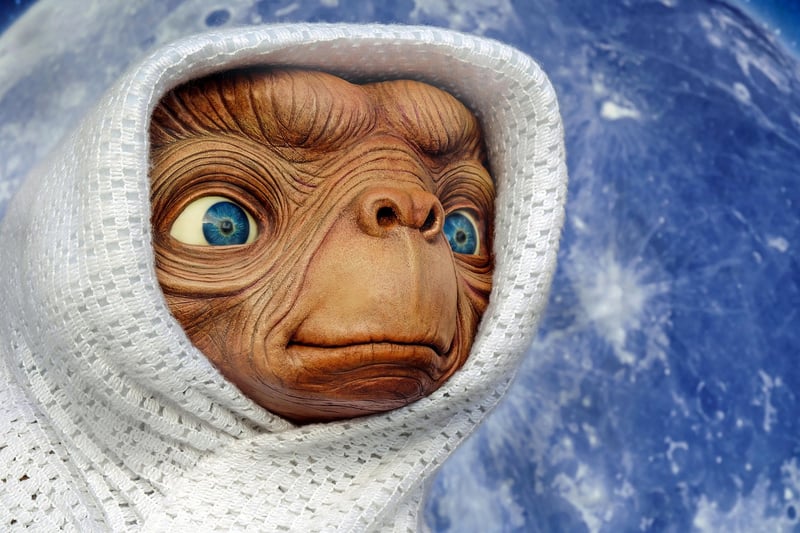
2. Time Dilation
According to Einstein's theory of relativity, time is not constant and can be stretched or squeezed. Time dilation occurs when an object is moving at speeds close to the speed of light, causing time to pass differently for the moving object compared to a stationary observer. This effect has been observed in experiments with atomic clocks on high-speed jets and satellites.
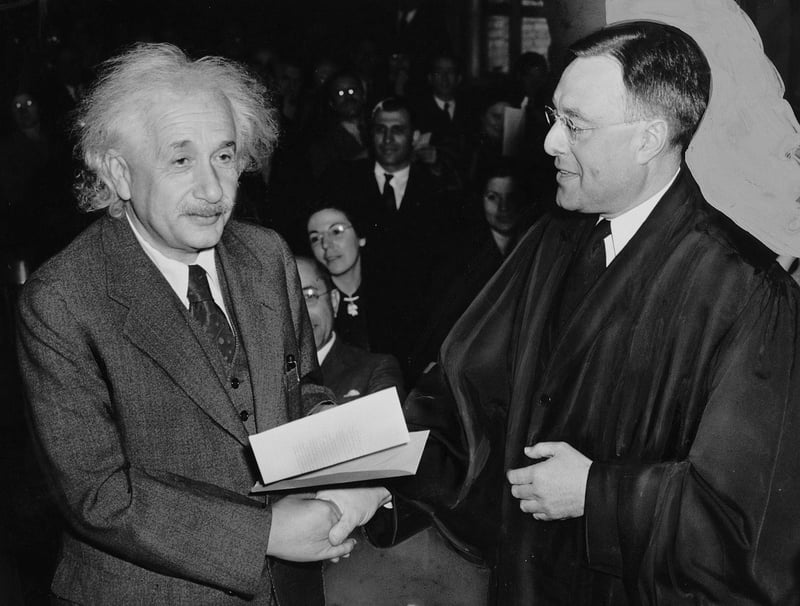
3. Grandfather Paradox
The Grandfather Paradox is a famous time travel conundrum that questions the possibility of altering the past. If you were to travel back in time and prevent your grandfather from meeting your grandmother, would you cease to exist? This paradox highlights the complexities and potential contradictions of time travel.
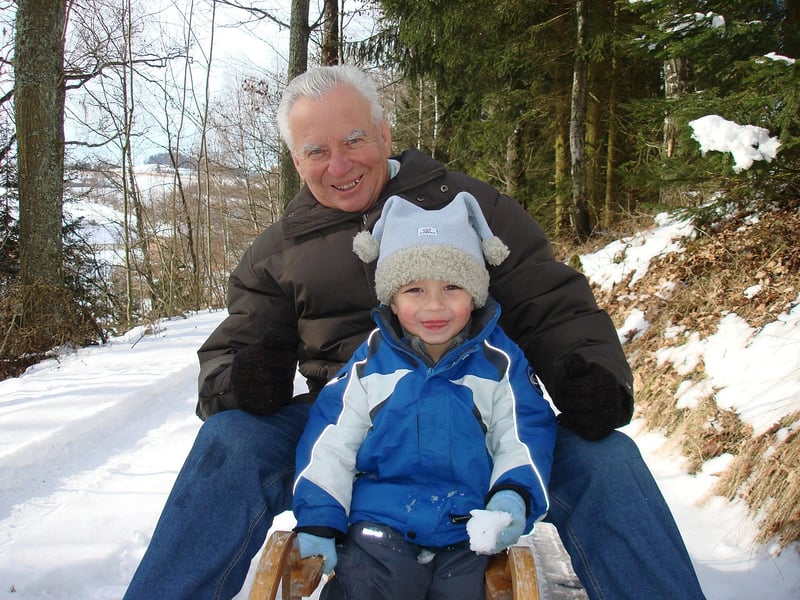
4. Multiverse Theory
The Multiverse Theory suggests the existence of multiple parallel universes, each with its own timeline and possibilities. In this model, time travel could involve moving between different universes rather than changing events within a single timeline. This theory opens up new perspectives on the concept of time travel.
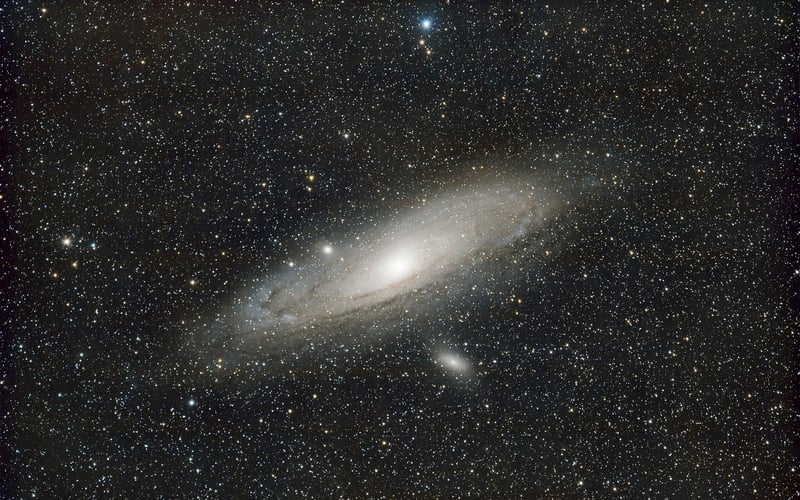
While time travel remains a theoretical concept, exploring these mechanisms and theories expands our understanding of the nature of time and the universe. Whether time travel will ever become a reality or remain confined to the realms of science fiction, the quest for knowledge and exploration of the unknown continues to drive scientific inquiry.
References:
